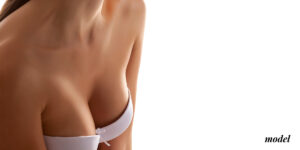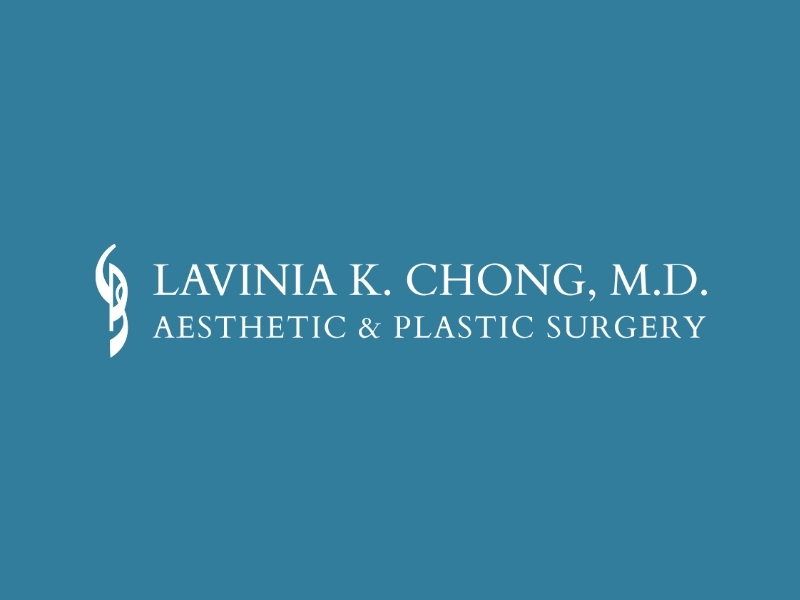
Since 2011, I’ve explanted 150 pairs of breast implants, only 5 of which were originally my patients. In taking care of these women, I’ve gained some insights and hopefully become a more replete Plastic Surgical consultant; it seems reasonable to share these.
-
- Breast implants are medical devices and will need to be revisited, if they fail, at some point in a woman’s life. Previously, this point was apparently not well understood either by the patient or physician;
- A woman’s breasts will change as she proceeds through life, childbirth & afterwards. The native volume may expand, shrink and sag with the net result that her augmented breasts will also change;
- Attitudes change: The perky DD cup, which was eagerly desired in the 20’s may be deemed immodest, matronly and thus a source of embarrassment in the 40’s.
Who Is A Candidate For Implant Explantation?
At the risk of oversimplification, there are 3 subtypes of explantation patients:
-
- Young women who choose to explant relatively quickly. Their usual rationale is the size was excessive and incompatible with their desired activities;
- “Mothers” who experience either capsular contracture and/or deflation and elect explantation +/ capsular procedures. Many are frankly too busy to do the “maintenance”;
- The “I quit”club want to definitively opt out of breast implants but request maximal surgical assistance to reconstruct their breasts, i.e. capsular procedures and mastopexy.
I counsel prospective explantation patients to consult their implanting surgeon and carefully consider their options. No one should “buy in haste, repent in leisure”, so we discourage acting on impulse. If they are truly motivated to proceed I am prepared to support their decision but retain the prerogative to discuss additional techniques, which may enhance their results. The algorithm for explantation is as follows:
-
- Saline implants without capsular contracture can be explanted under local anesthesia;
- Silicone or encapsulated implants are offered IV sedation for their procedures;
- Mastopexy can be performed in tandem, explantation mastopexy or staged, (later);
- It’s not recommended to return explanted breast prostheses to the patients, as they cannot be terminally sterilized;
- En bloc capsulectomy (removal of the implant and surrounding scar membrane) is
recommended for higher degrees of capsular contracture (firming) & mandates the use of drains; - A short, (4cm) inframammary fold incision is inconspicuous, expeditious and circumvents the possibility of a depressed periareolar scar (“fish mouth”);
- Activity restriction, drainage and compressive garments are essential for the first 2 weeks to promote effacement of the space previously occupied by the implant and for skin retraction;
- Benefits of explantation include i. relief of musculoskeletal, dermatological symptoms; ii. easier mammography; iii. streamlined need for further procedures; iv. improved body self image.
Are explantation patients content? Do they panic and reoperate? In my experience, the explantation patients are amongst the most studied and satisfied, making my job quite pleasant. They are invariably relieved to have their concerns validated and surgical solutions proposed. Many have recounted how they were made to feel guilty or “abnormal” for wanting to remove their implants. Other consultants may feel so “invested” with breast implants that explantation seems like a “failure”. I don’t share that opinion and in fact have included the fact that explantation is always the fallback position for breast implants. I have evolved and become a more comprehensive consultant.
However not every explant patient remains implant free. To date, I have reimplanted two patients, (none of which were originally my patients) and potentially have another 2 who are contemplating more surgery. Overall, it’s a fairly low rate of recidivism. If they decide to proceed, they have to accept that they may be facing another procedure in their lifetime for any of the following reasons:
-
- Implant failure. 2%/year;
- Capsular contracture, 225%. Cohesive gel implants are somewhat lower, 2%;
- Patient requests: different volumes, styles, profiles, saline to silicone, silicone to cohesive gel to explantation.
Recently, I was approached by another lady Plastic Surgeon who asked if I had experienced an uptick in explantation. I was surprised but pleasantly so, when she shared that her practice’s numbers were similar. We aren’t sure what this trend represents however we are prepared to take care of these women. I frequently quip that I wear a bra, but not the patient’s bra. I fully realize that a major part of our consultation is to understand the patient’s objectives, analyze their medical/surgical history and propose viable solutions.
Learn more about the breast revision process or contact Dr. Chong in Newport Beach for more information on implant explantation.


